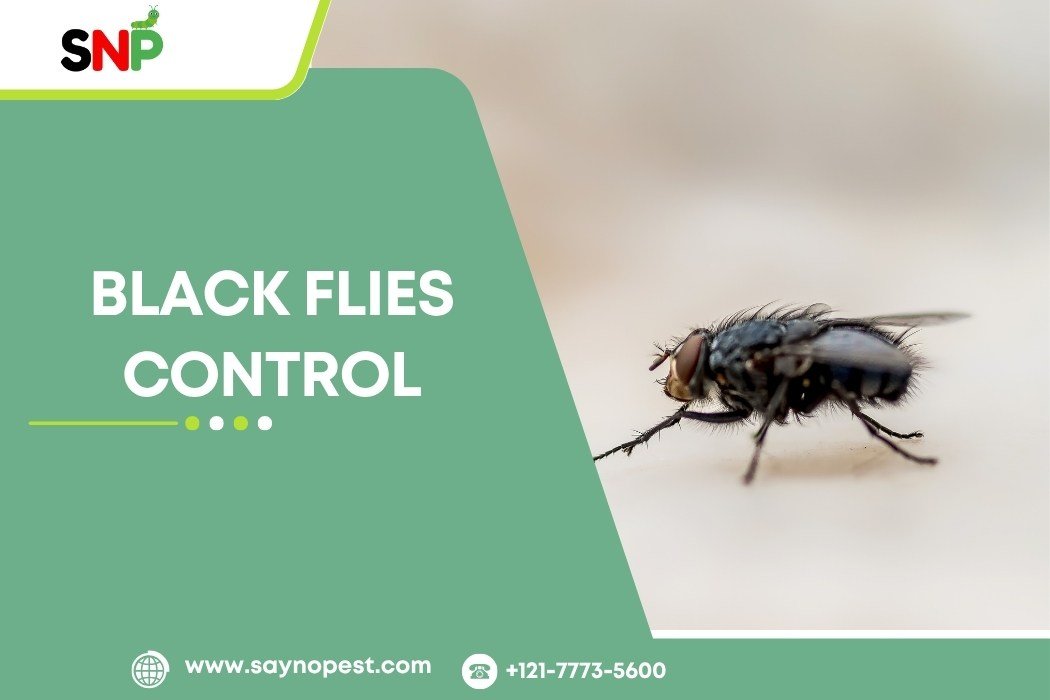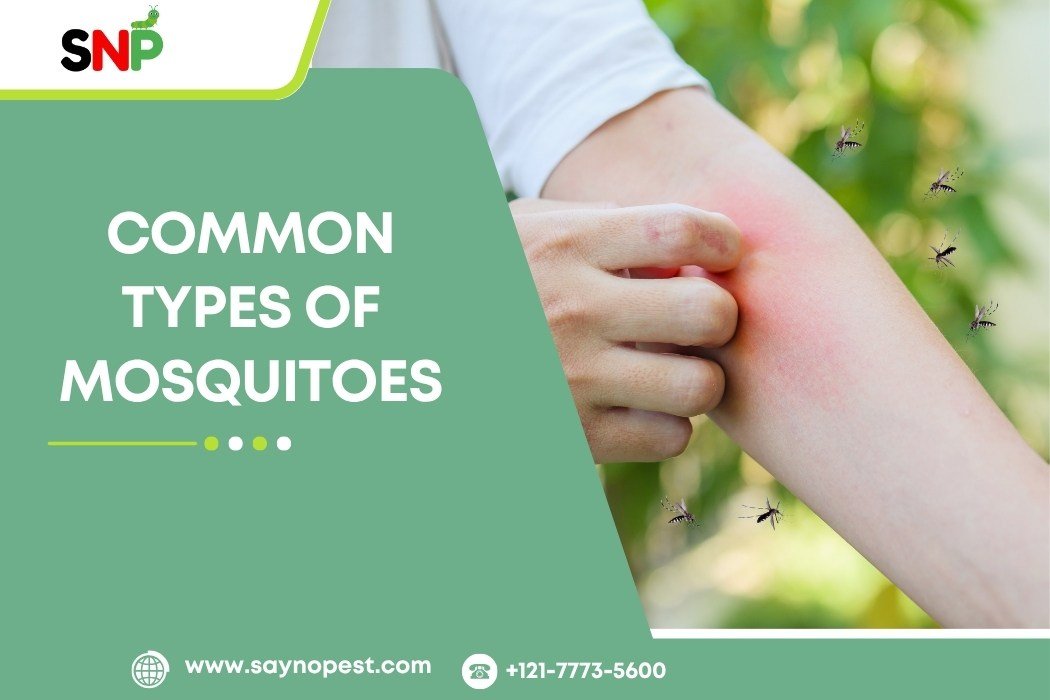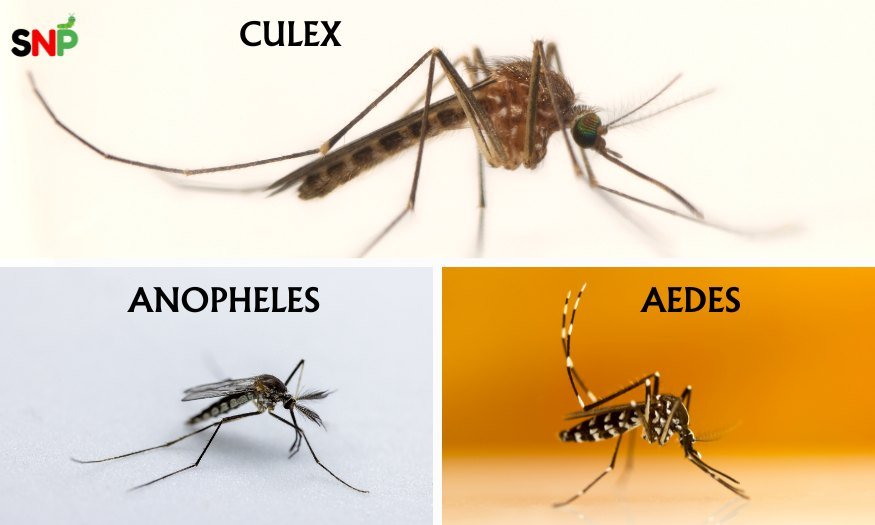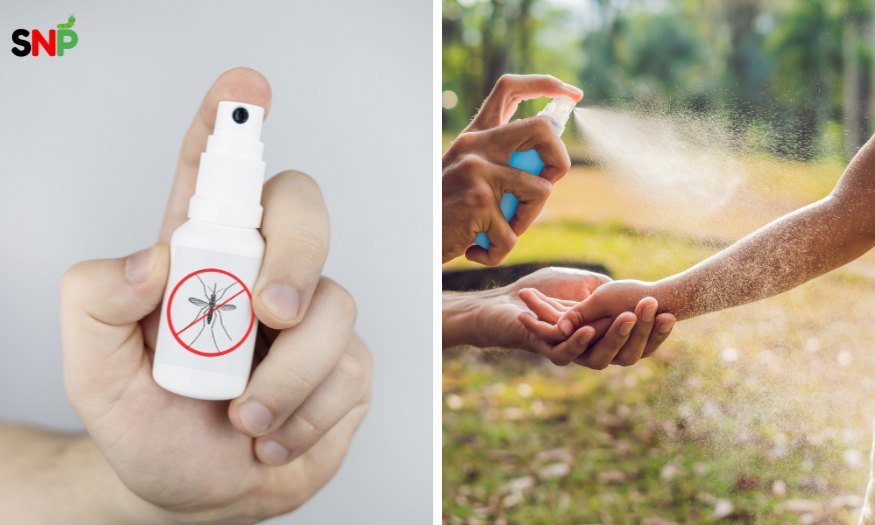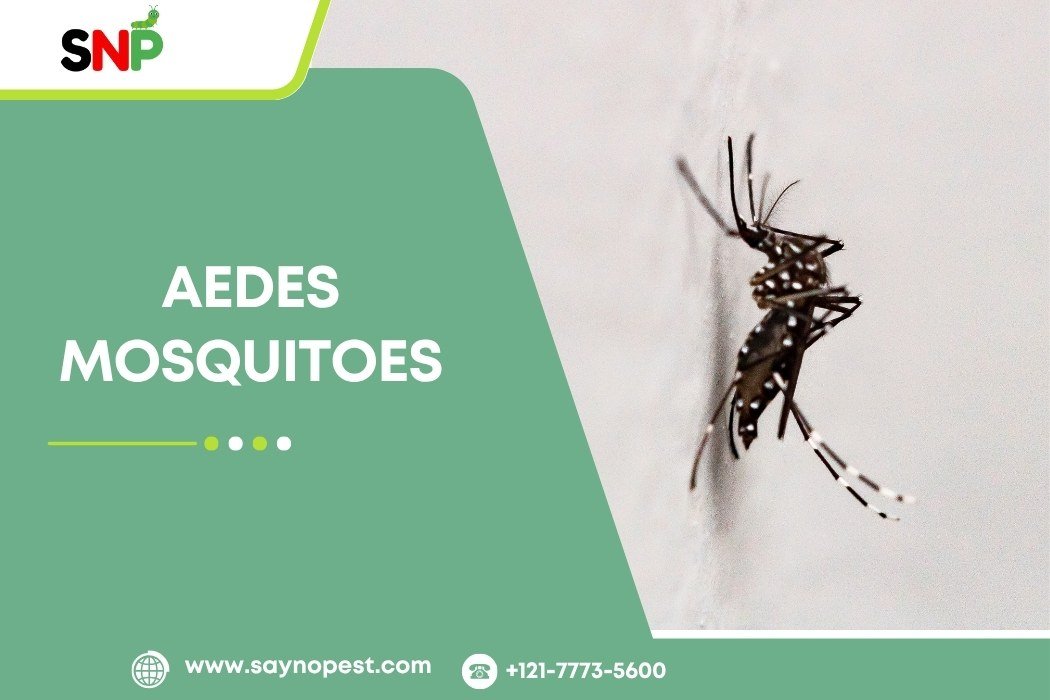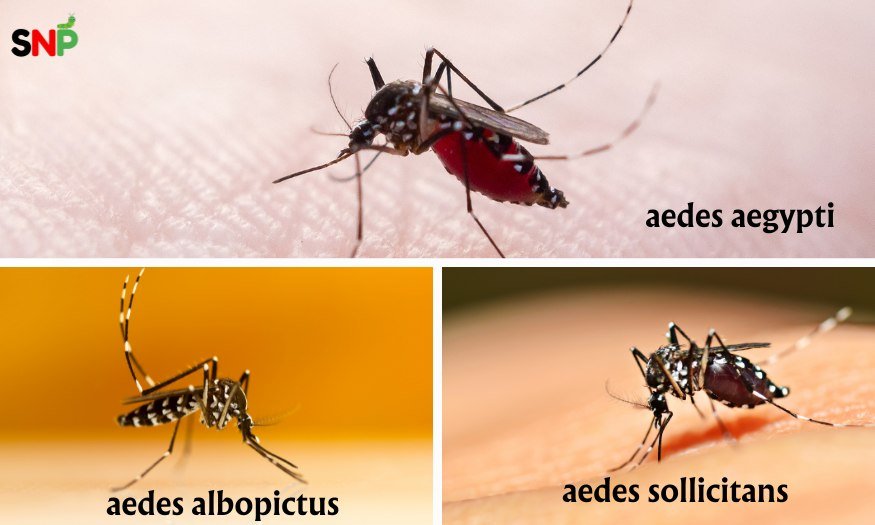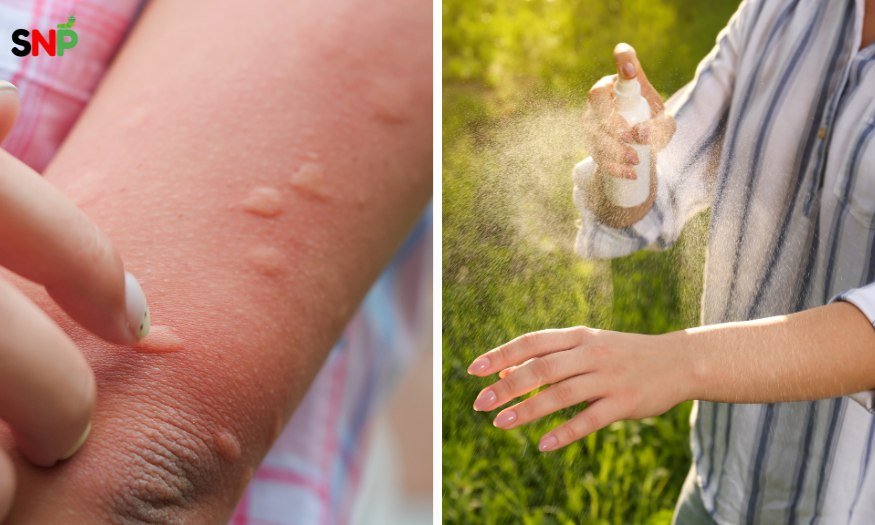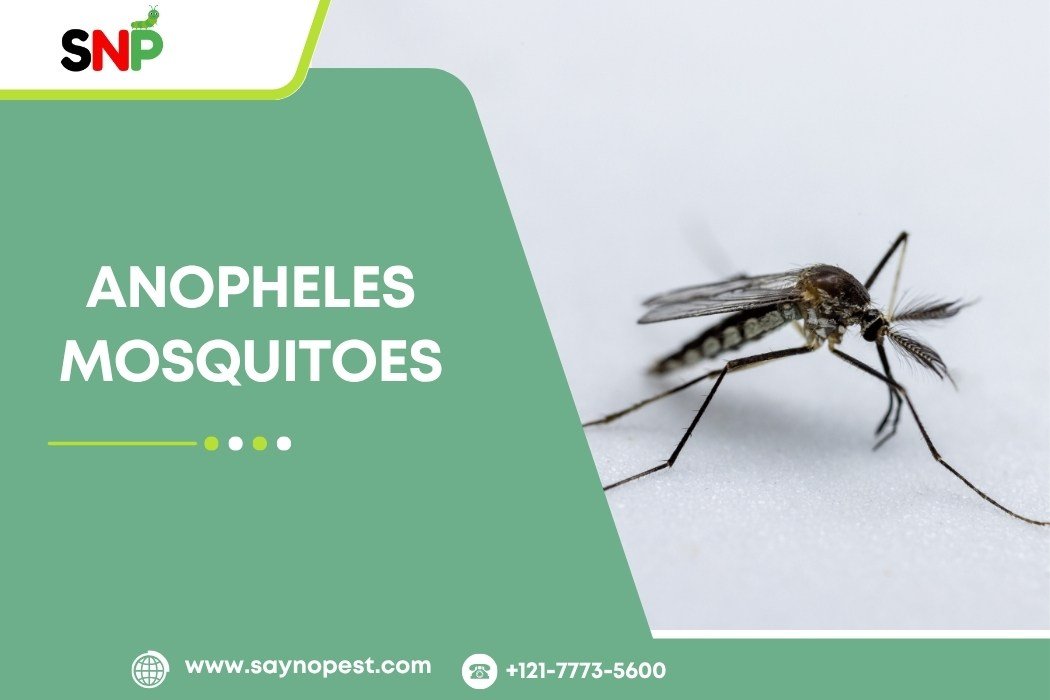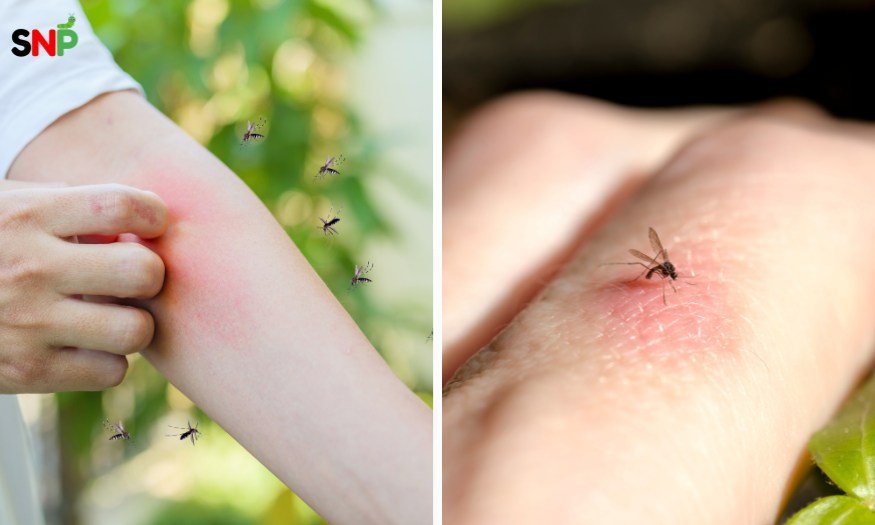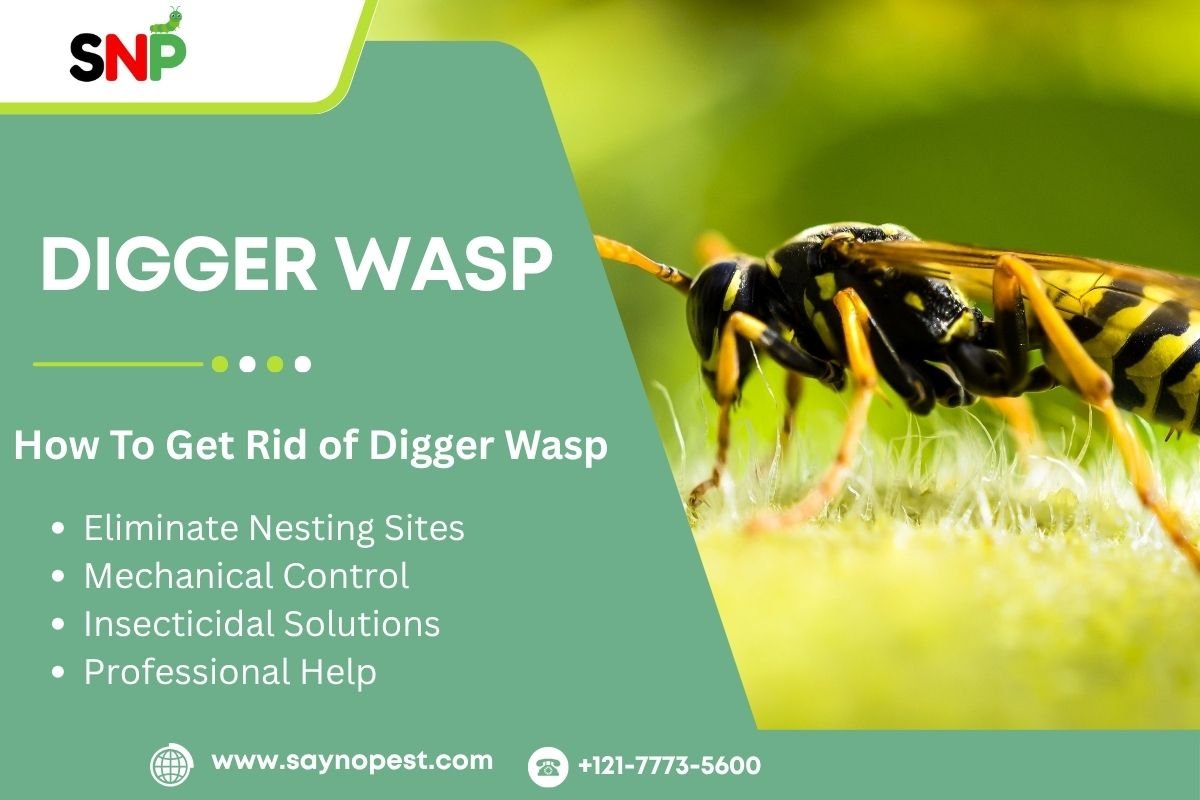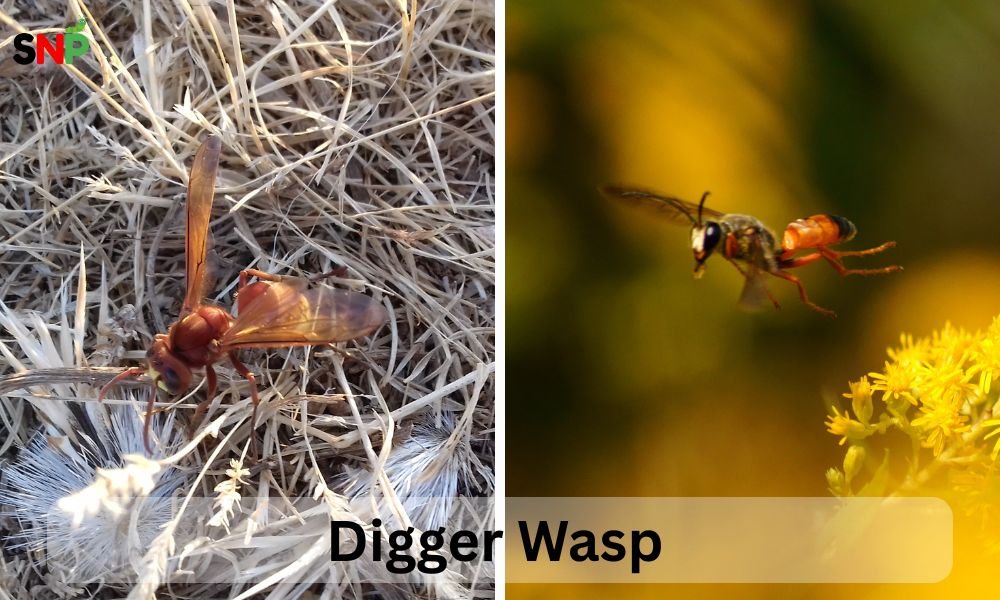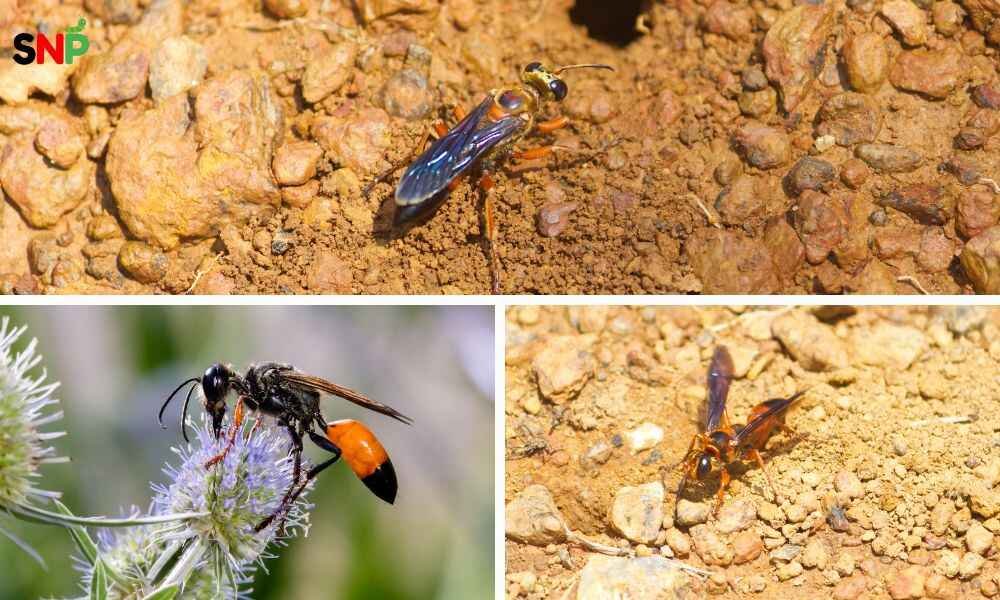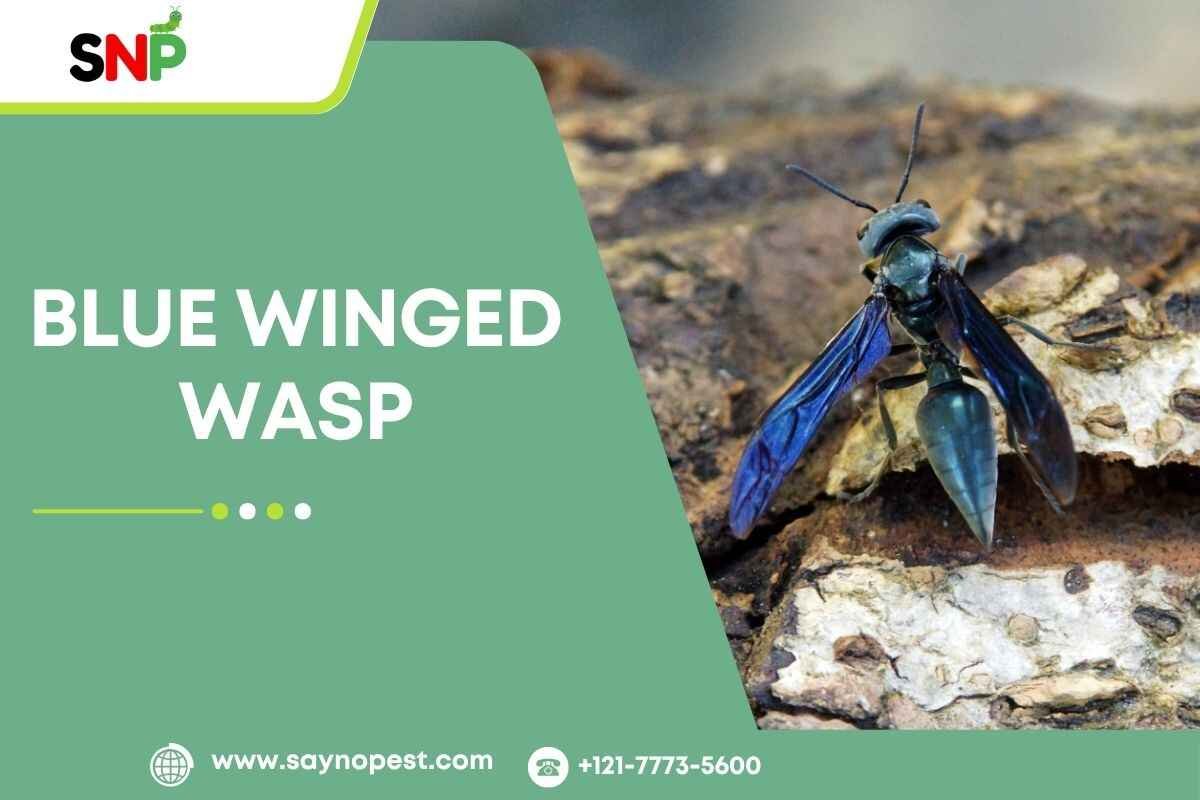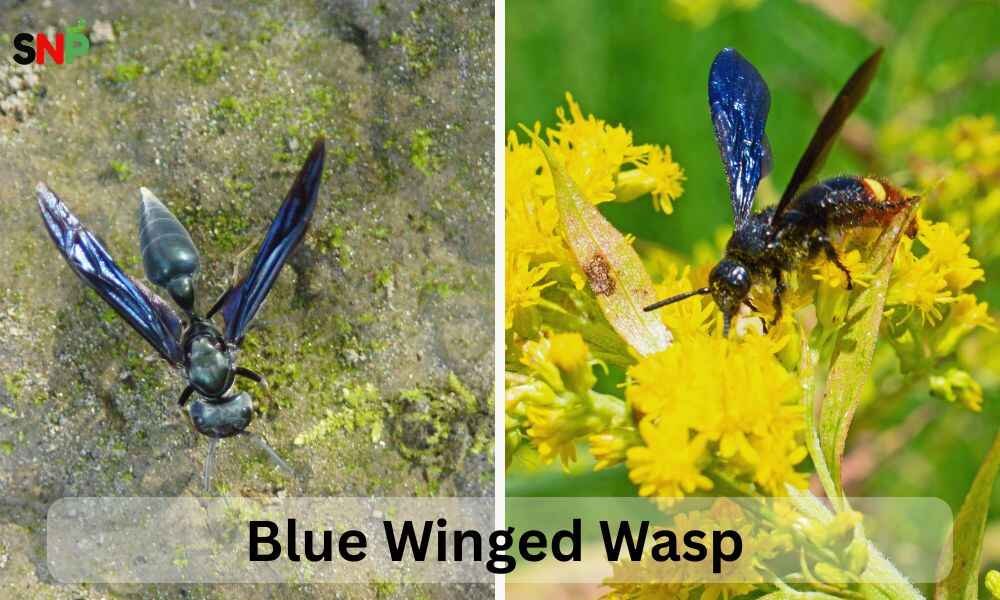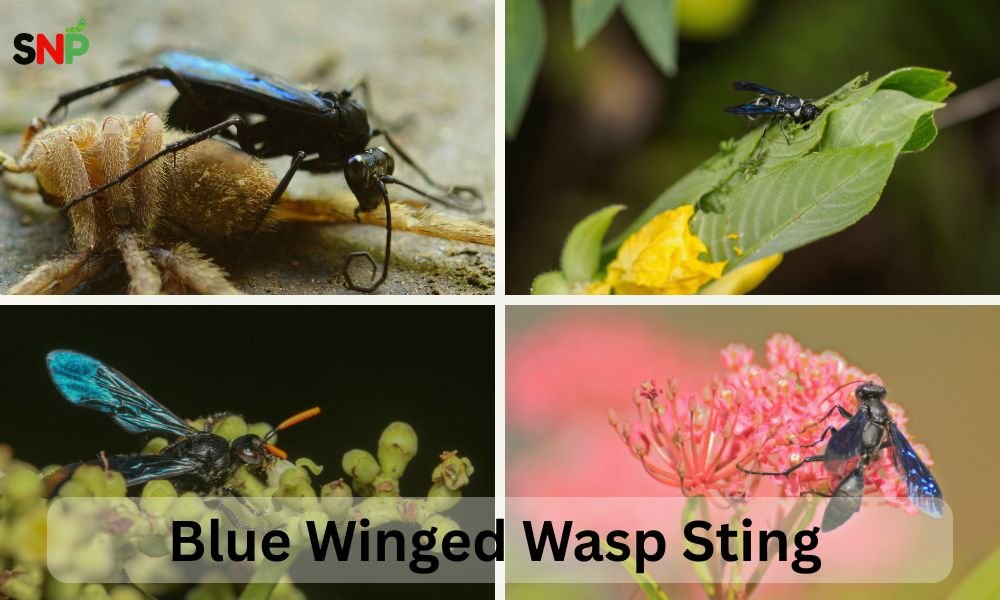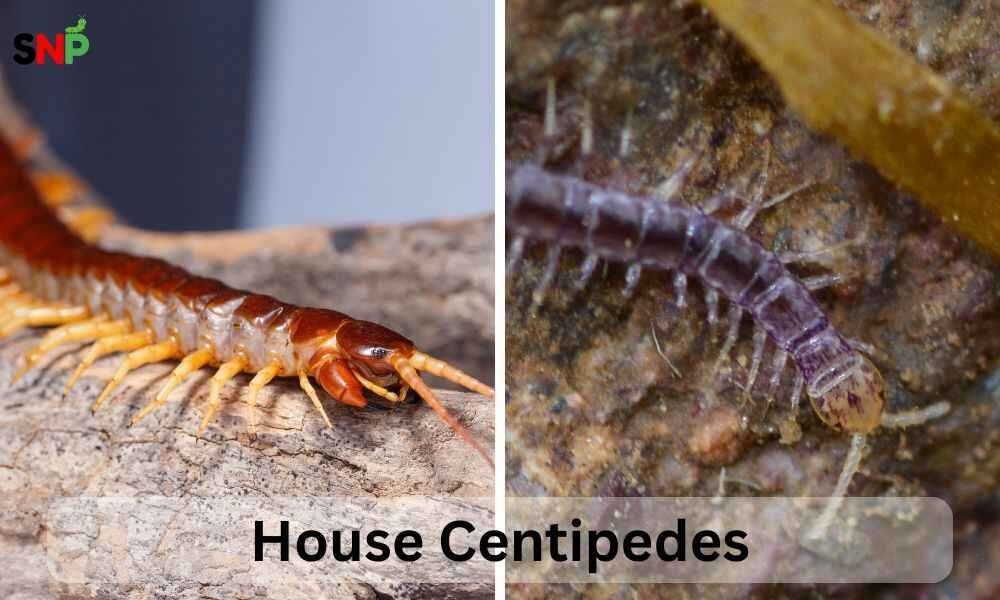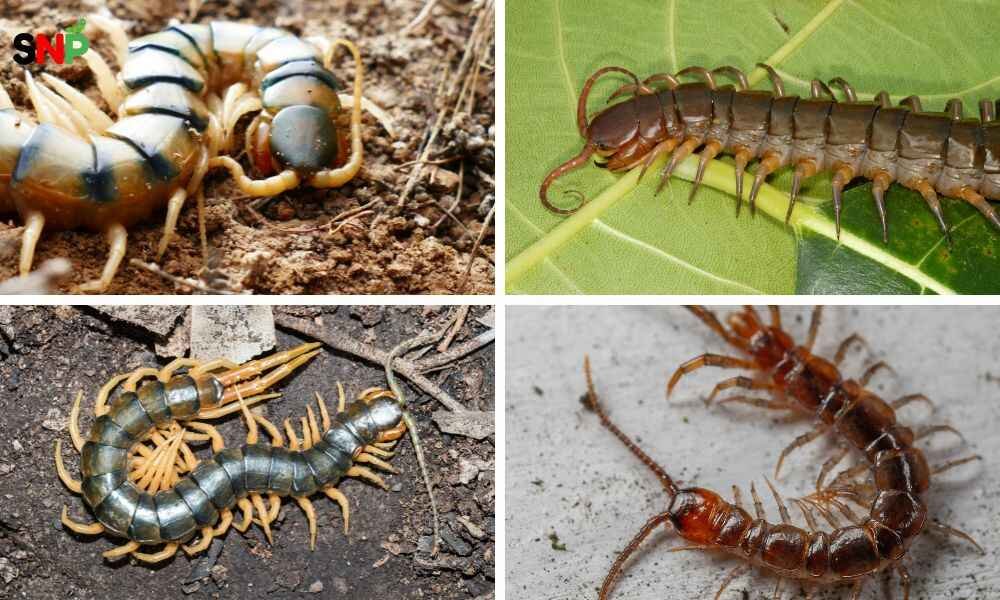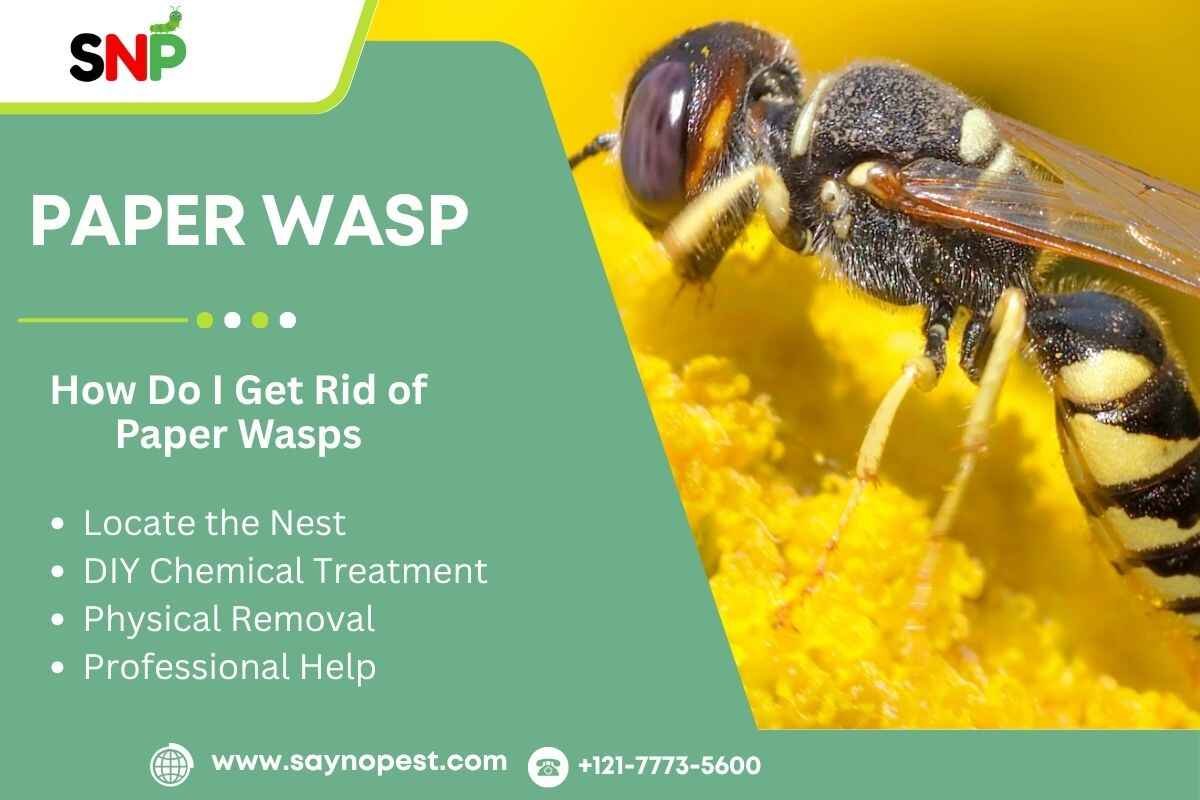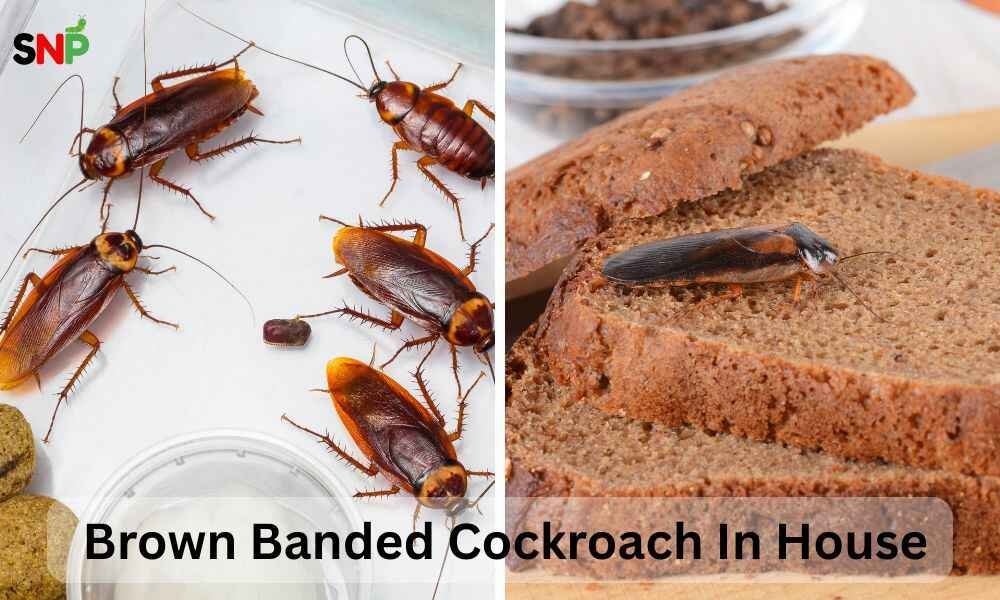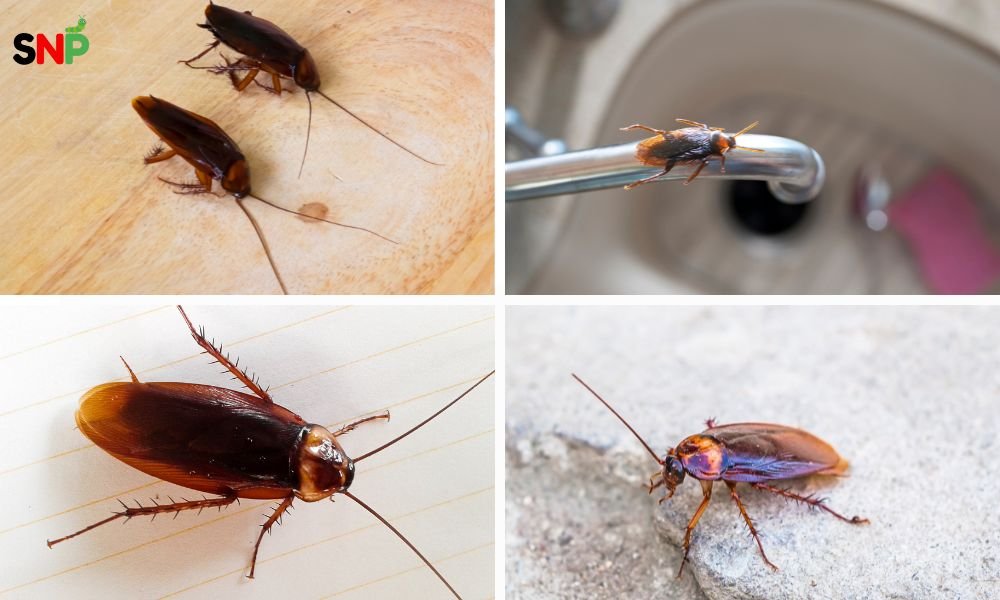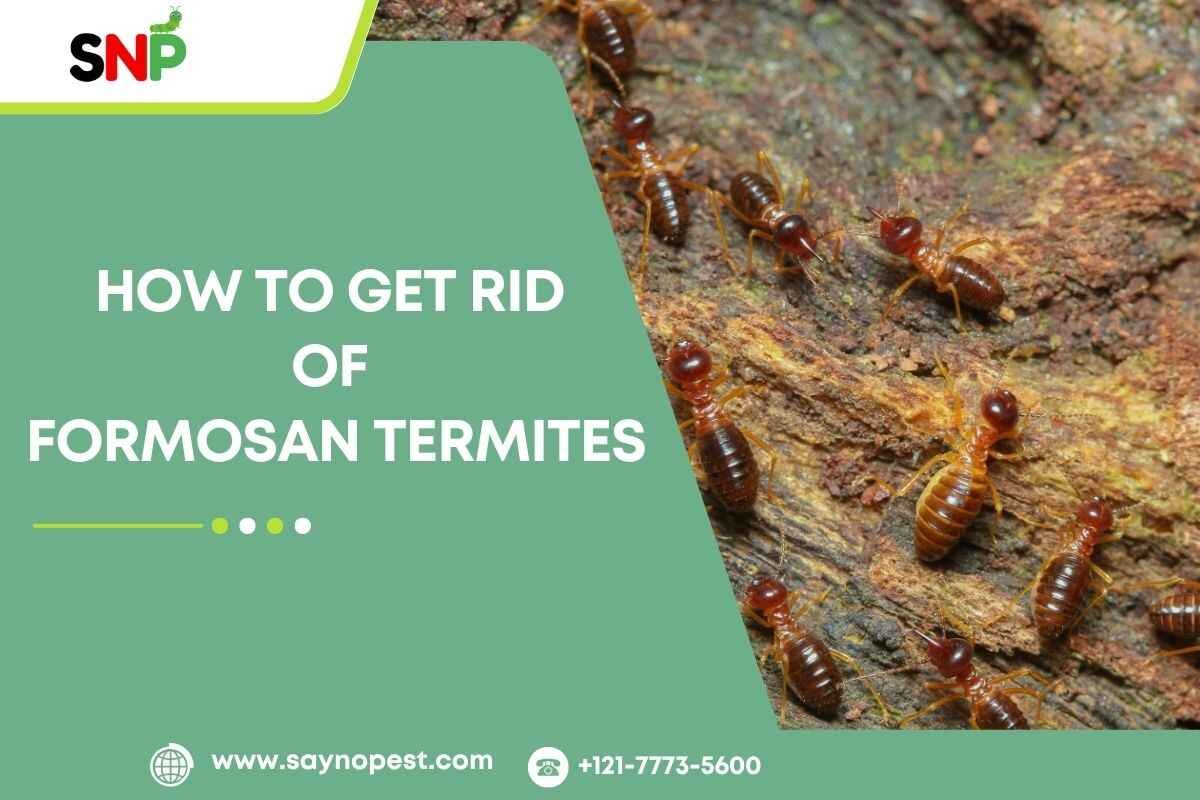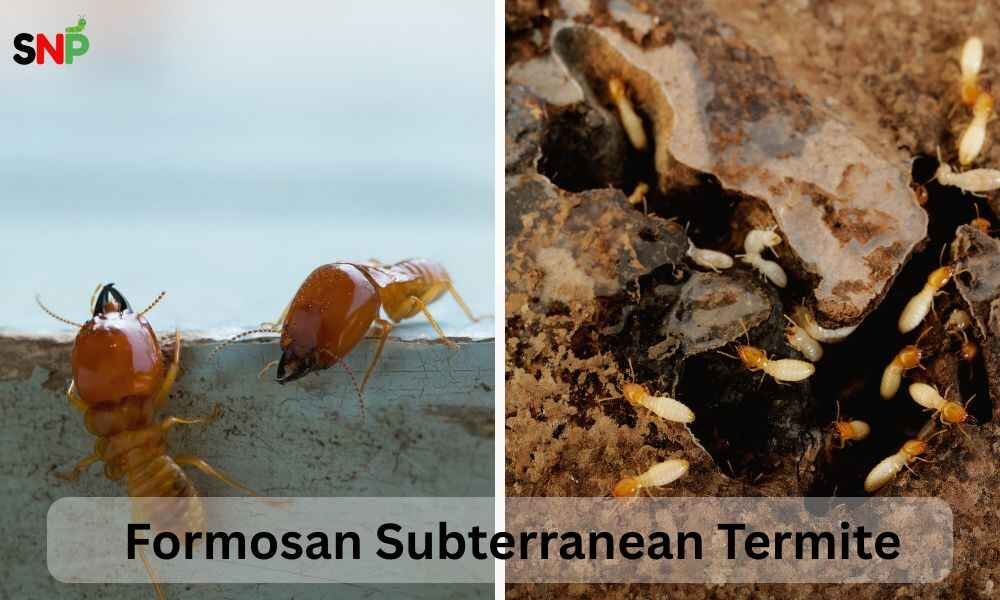Introduction to Black Flies
Black flies are little black insects in places around the rivers and the streams. These pests are most active in the end of spring and the beginning of summer.
Female black flies feed on the blood, which they use as a source of nutrition for the eggs they produce. Both humans and animals become their victims. The bites they cause and the discomfort they create are the problems to American people. Mostly those who love spending time in the nature in the flies regions suffer.
What to Know About Black Fly Bites
Black fly bites can be very annoying, and in some cases dangerous. The non-biting mode of black flies is far different from mosquitoes. Black flies are equipped with teeth allow them to cut the skin and feed on the blood. Most often, the bites are seen mainly near the hairline, ankles, feet, and arms – places that are difficult to completely cover with clothes.
How do the Black Fly Bites look?
You will see tiny red spots to big, swollen welts, and the severity of their bite is different with each individual. A few people experience minimal irritation, and on the other hand, some have swelling and itching that can stay for days or weeks.

Black Fly Saliva: Deadly or not?
The black flies saliva is the allergy causing element. This is the reason for the very strong itching, and also the swelling. There can be secondary infections or very bad allergic reactions if the bite area is not clean.
Though the bites are mostly not dangerous. Black fly bites can give parallel problems to animals like causing heavy blood loss and even lead to death in the case of pets.
These flies love carbon dioxide, body warmth, and dark clothing. This has the effect of causing some people to be more prone in comparision with others. The individuals who tend to spend most of their time outside and particularly in the woods or by the river need to be aware of the potential risks and symptoms of the black fly bites. This will aid in making them comfortable and healthy.
Black Flies Control -Black Fly Repellent

To get rid of black flies and prevent black fly bites, it is necessary to use a combination of methods!
- Personal protection and environment care- It is recommended to wear not only long-sleeve shirts and pants but also head nets made of light fabric, which can be a very effective means of protection.
- Do not be Outdoors at peak hours- It is also advisable not to be outdoors at peak black fly hours because they are most active at that time, which is usually during cloudy days or in breezy areas. In addition to all of this, bright sunlight and wind also repels black flies.
- black fly repellent can be either chemical or natural.
- DEET formula-based repellents- These are recognized as the most efficient ones against black flies.
You can also use Natural Black Fly Repellents like-
- Sprays- Use of such sprays is by no means risky if the ingredients are natural. The sprays can be also made with water and vinegar.
- Witch hazel- Thisis a natural product that can be used for the protection of both skin and home.
- These natural black fly repellents can be effective when applied not only to the skin and clothing but also to places where flies can enter, e.g., the door and the window.
- Apart from using repellents, also having screens on your windows and doors and getting rid of standing water near your house can also help you to further reduce black fly population.
Conclusion
The black flies are very common and risky pests in particular for those who put their health on the first place. Their bites may be a reason of discomfort, allergic reactions, and in rare situations even a serious health issues for both people and animals. The only way to be sure of the minimum exposure and the safest possible time outdoors is to use the best black fly repellent, to wear protective clothes, and to know their behavior well.
